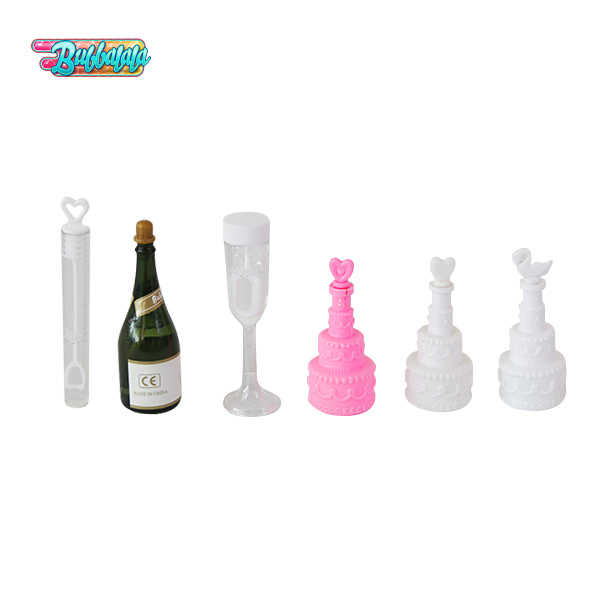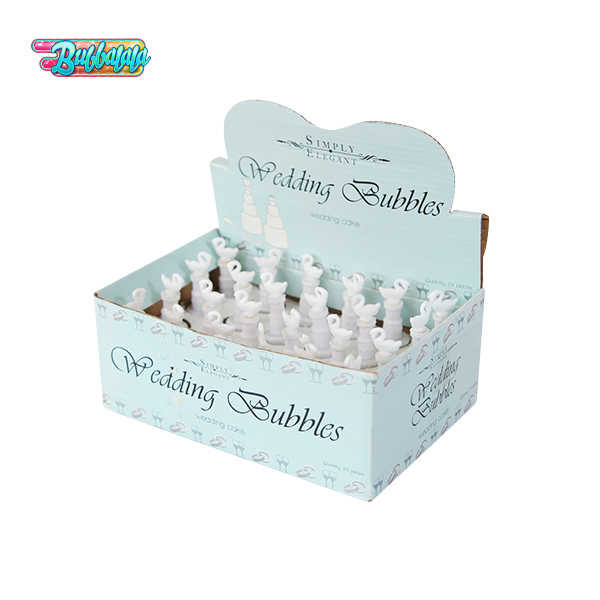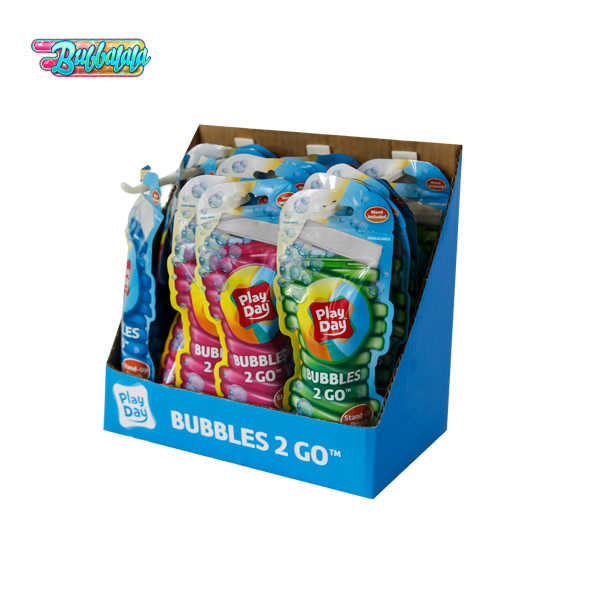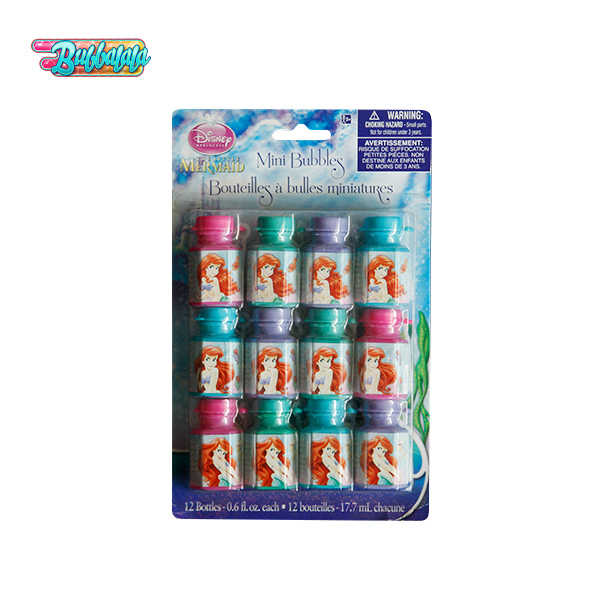Exploring the Science Behind Plastic Bubble Machines
Bubbles are a simple but fascinating phenomenon that has fascinated children and adults alike for generations. The joy of chasing after and popping bubbles is something that transcends age and time. While traditional bubble-blowing methods involve blowing into a wand or using a mixture of soap and water, plastic bubble machines have revolutionized the way we experience bubbles. In this article, we'll explore the science behind plastic bubble machines and how they work.
A plastic bubble machine is a device that blows a constant stream of bubbles by using a motor to rotate a wheel or fan. The wheel is usually made up of a series of wands or rings, which dip into a solution of soap and water and rotate, creating a steady flow of bubbles. The machine can be designed in various shapes and sizes, from small handheld devices to larger machines used for parties and events.
The science behind plastic bubble machines is relatively simple. The machine creates bubbles by mixing air with a soap solution. Soap molecules have two ends: one that is attracted to water, and one that is repelled by water. When the soap solution is mixed with air, the soap molecules form a thin film around the air, creating a bubble.
The size and shape of the bubble machine depend on various factors, including the size of the wand or ring, the speed of the wheel or fan, and the viscosity of the soap solution. A thicker solution will create bigger and more durable bubbles, while a thinner solution will create smaller and more fragile bubbles.
Plastic bubble machines are popular for parties, events, and outdoor activities because they create a large number of bubbles with minimal effort. Children especially love chasing after and popping the bubbles, and it's a fun way to engage in outdoor play.
Hot Products
-

White Party Wedding Bubble Water Bubble Tubes
-

Long Bubble Wand Colorful Bubble Water Kid's Toys
-

Pink Heart-shaped Cake Bubble Wedding Bubble Water Toys
-

Red And Blue Children's Bubble Water Toys
-

Wedding Bubble Water Bubble Toys Sets
-

12 Bottles Green Bubble Water Wine Bottle
-

12 Bottles Purple Bubble Water Wine Bottle
-

White Wedding Swan Mini Cake Bubble Water
-

Bags of Children Having Fun Bubble Water
-

Plastic Bubble Toys Mini Hexagonal Bubble Bottle
-

Plastic Transparent Bottle Bubble Water
-

Cute Princess Hexagonal Bubble Water Toys

 English
English 中文简体
中文简体
